If you’re lucky enough to find yourself surrounded by dark skies on a clear night, you may see some stunning constellations. When you know what to look for, it’s easy to see these images in the starry night sky. Here’s a constellation list to keep handy while stargazing!

When camping, one of my favourite activities is stargazing. I’m away from the city and all the lights, and suddenly I’m reminded that the beautiful night skies are full of stars and galaxies far far away.
Whether you’re sitting around the campfire and tilting your head upwards or have laid out a blanket to stargaze with a loved one, here are some of the easiest-to-spot constellations in the northern hemisphere.
Note: these stories and constellations with pictures will refer to Greek mythology and findings. However, many cultures worldwide also have their own stories for the images in the sky that I highly encourage you to check out.

Orion
In Greek Mythology, Orion was a hunter. There are many different stories as to how he ended up in the night sky. The most popular is that he was placed there by Zeus after his death from a scorpion. You’ll see Scorpio, the scorpion, on the other side of the sky. When Scorpio rises, Orion sets, forever running from the scorpion.
In another, he was chasing the seven sisters of Pleiades in the forest. To get away from him, they begged Zeus to save them, so he placed them in the stars. You can see the seven stars of Pleiades in the Taurus constellation next to Orion, who is forever chasing them and just out of reach.
How to Find the Orion Constellation
Thanks to his belt, Orion is one of the easiest stars to find in the sky. Look for three bright stars in a line right by each other.
Once you locate the belt, you can see his two knees below, upper body, and arms. One holds a sword, and another holds a shield.
Orion is on the celestial equator, meaning most of the world can see it. The best time to see Orion in the northern hemisphere is in January and the other winter months.

The Big Dipper (Ursa Major)
Another one of the most popular constellations for stargazing is the big dipper, which is part of the Ursa Major constellation.
Greek mythology states that Ursa Major was once a maiden named Callisto. Zeus had an affair with her and to protect her from the wrath of his wife, Hera, he turned her and her son, Arcas, into bears. He then tossed them into the sky by their tails, elongating them (the tails are the “handle” of the big dipper).
Another version says that Hera turned Callisto into a bear as punishment for the affair. When Aracas grows up, he becomes a hunter. While hunting, he comes across Callisto as a bear and, not knowing she is his mother, tries to shoot her. Zeus intervenes before it hits her and places them in the sky so they can be together.
How to Find The Big Dipper
The big dipper is easy to find and remains a good starting point for locating other constellations. The big dipper looks like a pot. It’s made of 7 stars, with 3 being the “handle” and the other 4 making up the “pot.”
The best time to see the big dipper is in April through to the summer months, but it is visible year-round. Remember, the bid dipper is only half of the Ursa Major constellation, making up the backside and tail of the bear.

The Little Dipper (Ursa Minor)
The little dipper is Callisto’s son, Arcas. He and his mother can be seen as constellations very close together. Unlike the big dipper, the little dipper is the whole constellation of Ursa Minor rather than just a section.

How to Find The Little Dipper
It’s easy to find the little dipper after locating the big one. Follow the line on the right side of the “pot” from the big dipper, and it will lead you to Polaris, the north star.
Polaris is the end of the little dipper’s handle. It also looks like a pot and a handle, albeit upside down from the big dipper. You can see the little dipper year round, but it’s most predominant in the summer months.
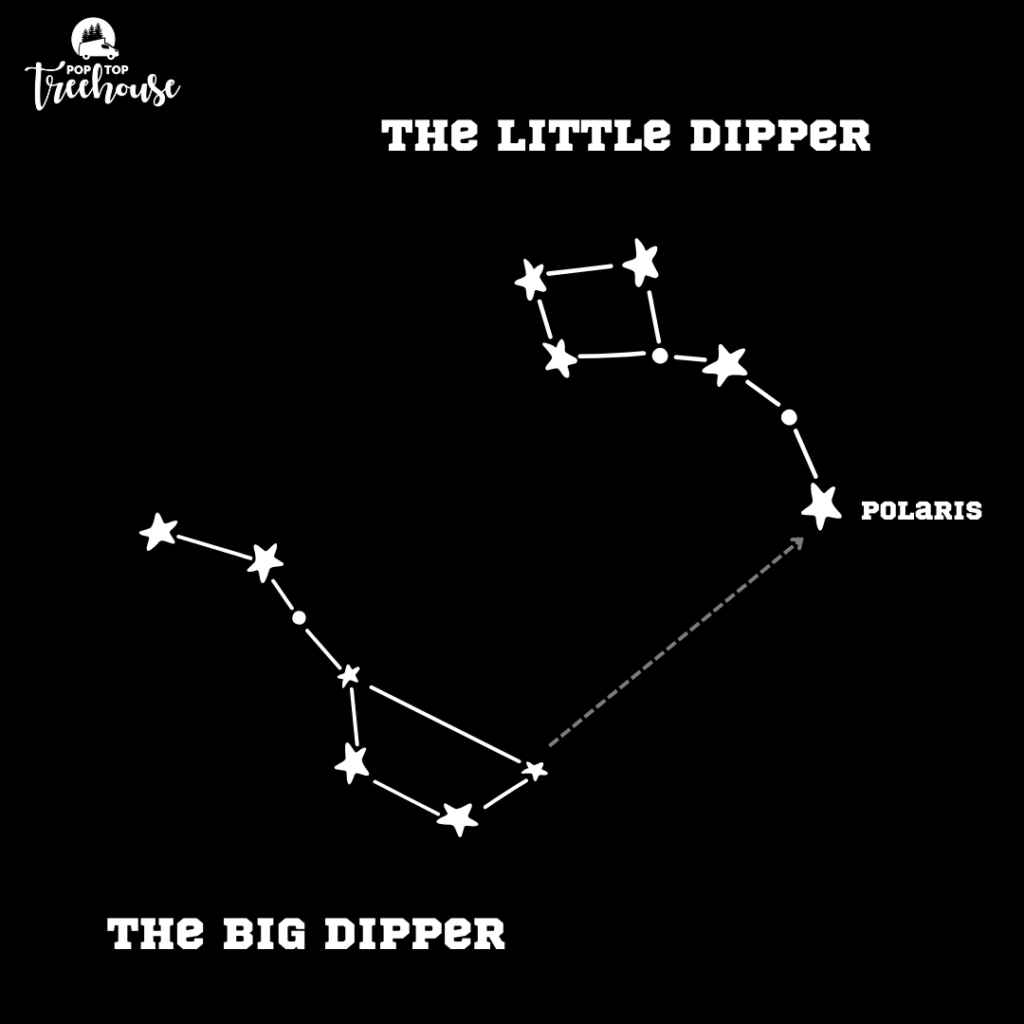
Cassiopeia
In Greek Mythology, Cassiopeia was a queen of Aethiopia. A very vain woman, she claimed that she and her daughter, Andromeda were more beautiful than the daughters of the sea god, Nereus.
This angered Poseidon, so he sent a sea monster to Aethiopia. To stop the monster, Cassiopeia had to sacrifice Andromeda to appease Poseidon. But Perseus, the hero, came and saved Andromeda and whisked her off to marry him.
Still looking for vengence, Poseidon then tied Cassiopeia to a chair and placed her in the sky as punishment, where she would spend half of the year upside down in her chair.
How to Find Cassiopeia
Cassiopeia looks like a big W or M, depending on where you are. The constellation consists of 5 very bright stars. It’s supposed to resemble Cassiopeia sitting in her chair. Cassiopeia constellation can be seen year-round.
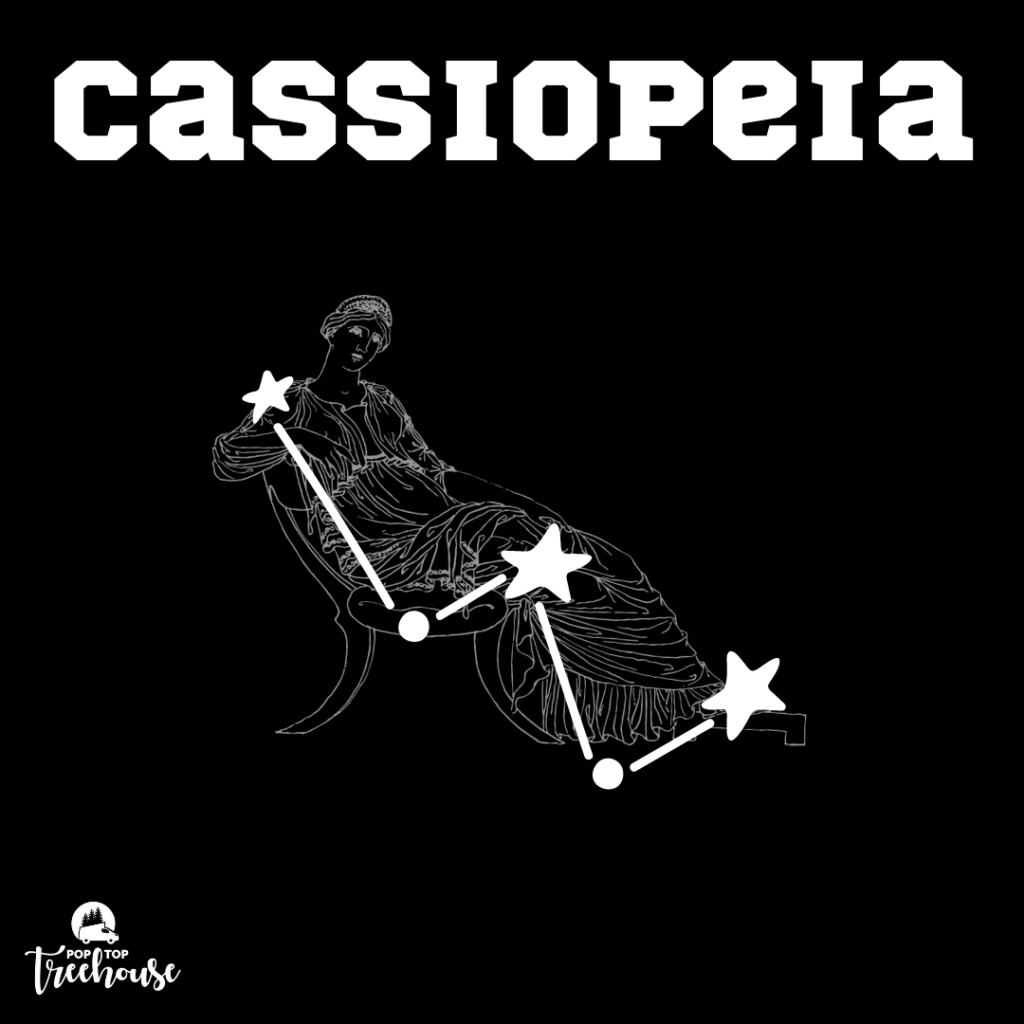
Canis Major
Canis Major is one of two of Orion’s dogs (there’s also Canis Minor in the sky). The dog was said to have been placed there by Zeus due to the dog’s incredible speed and skills. You can see it leaping in the sky after the hare, Lepus.
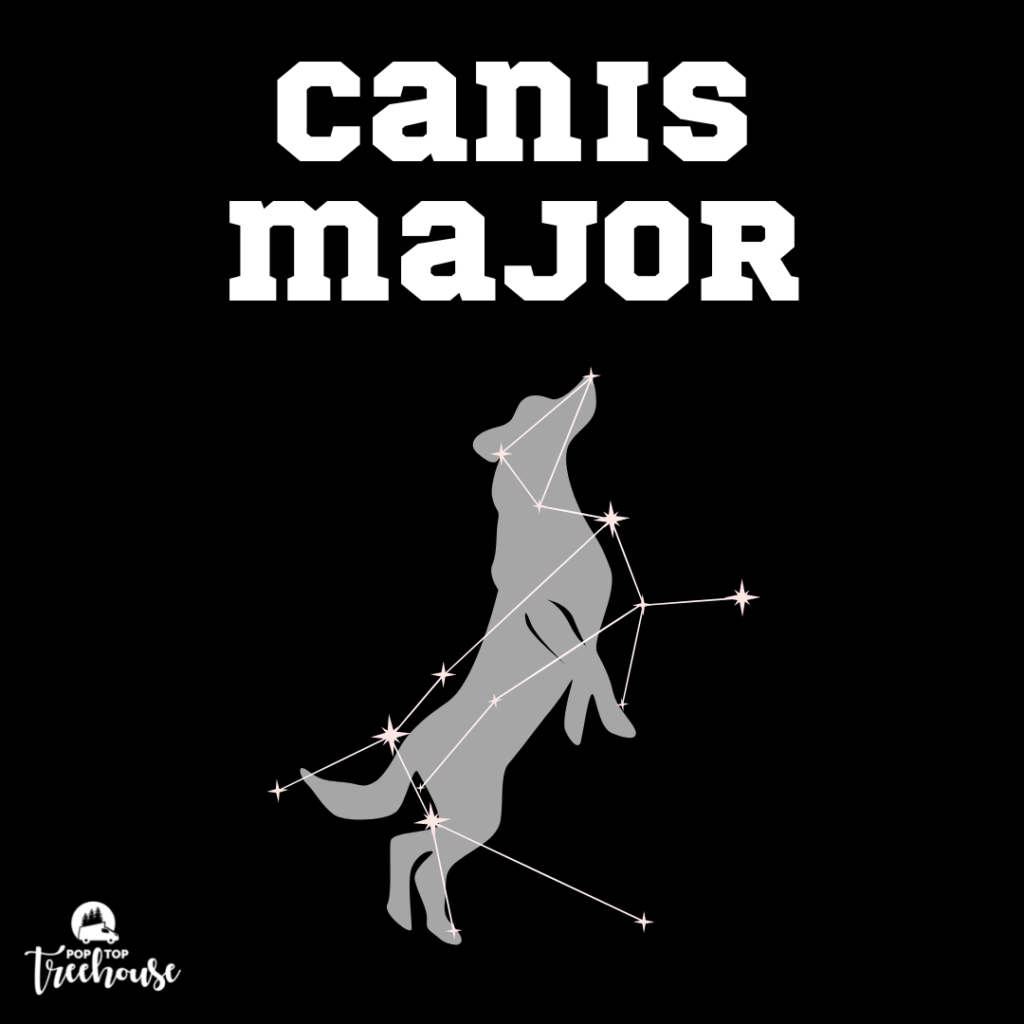
How to Find Canis Major
Canis Major contains the brightest star in the sky, Sirius, which is the best way to try and find the dog. Start by identifying Orion’s belt and following a line southeast until you get to Sirius, which is the neck of the dog.
Canis Major can best be seen from December through March in the northern hemisphere.

Tips for Successful Stargazing
The first thing you want to do is get away from any large towns or city centers. Light pollution makes it very difficult to see the stars, as do streetlights, since they can affect your night vision.
Once you’re outside and far away from light, let your eyes adjust. You’ll notice you’ll only be able to see the brightest, loudest stars at first. But within fifteen minutes, you should be able to see a lot more!
Always be mindful of the forecast. A night of clear skies will provide you with the best viewing, not interrupted by clouds.
You also want to try and be in an open area. Some stars may be close to the horizon, and you don’t want any trees, buildings, or mountains blocking them from view.
You can also use binoculars for stargazing or a telescope. A typical pair of binoculars will allow you to see details on the moon and see some stars a little more crisply. A telescope will allow you to find planets and galaxies.
If you’re specifically going star camping, you can use Hipcamp’s tool to find campsites with the darkest skies. It’s very handy but only available for US locations only.
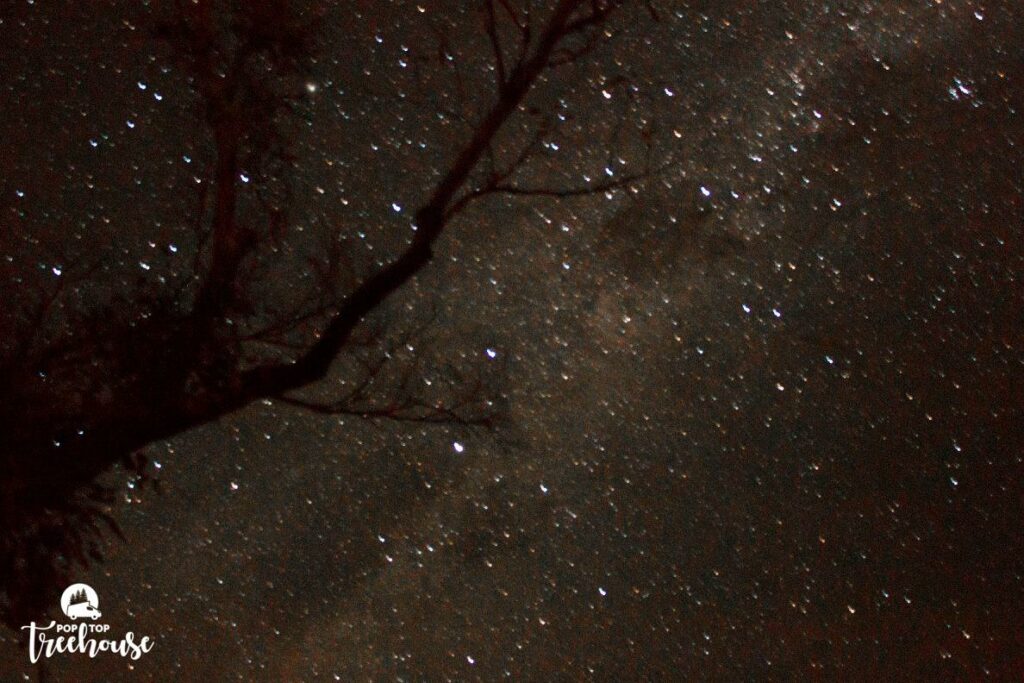
Best Stargazing App
If you have cell service or come prepared, you can download one of these apps for stargazing while camping.
Both allow you to point your camera at the sky, showing you the stars you’re looking at and help you identify constellations. It’s a pretty neat world we live in, isn’t it?

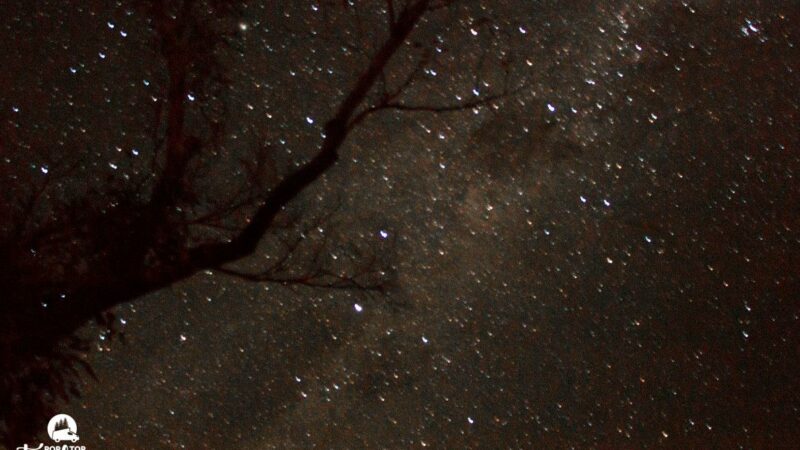
 16 Fun Things to do in Victoria, Canada (+ 4 That Are Overrated!)
16 Fun Things to do in Victoria, Canada (+ 4 That Are Overrated!)

Keep up the good work.